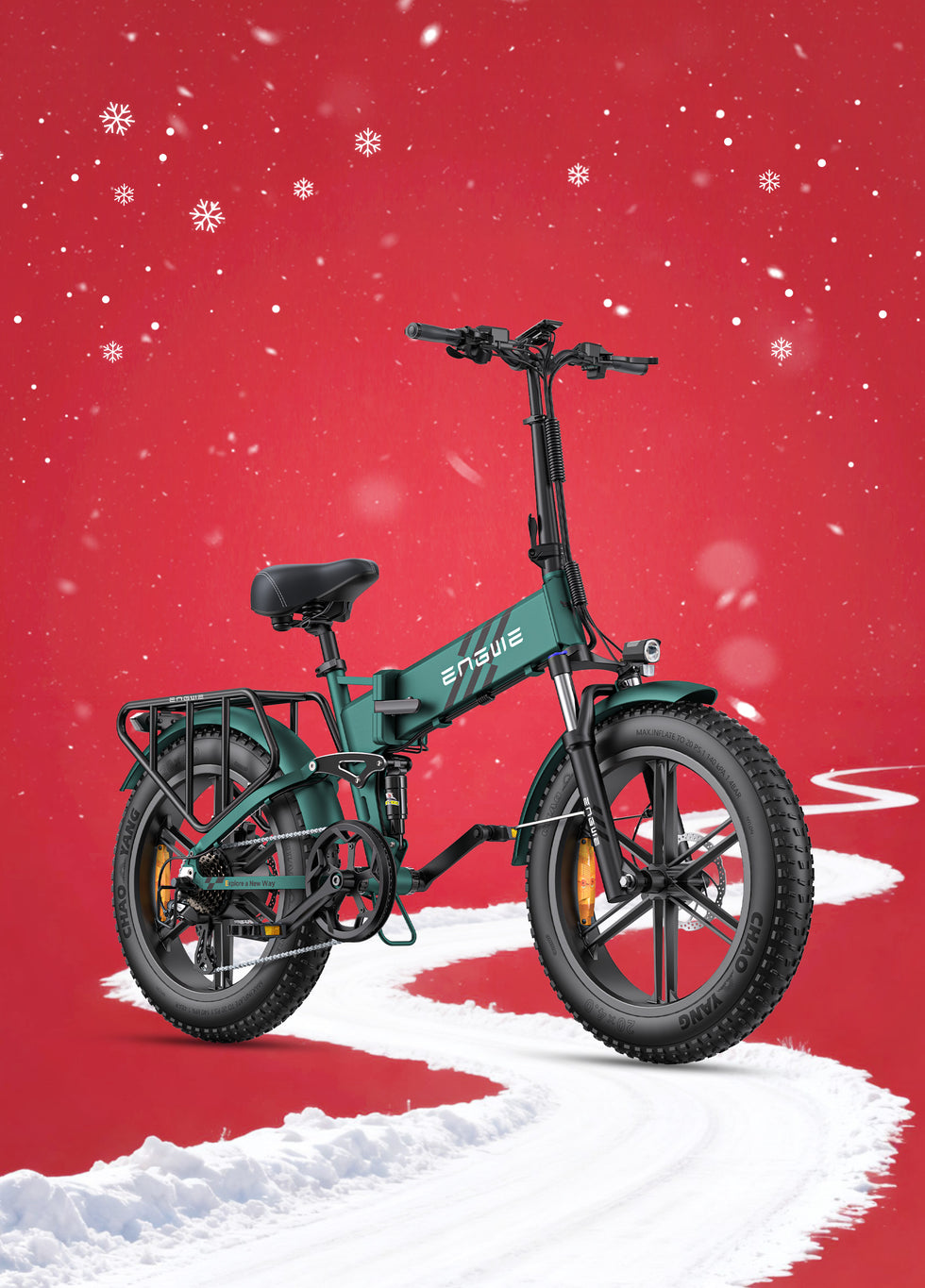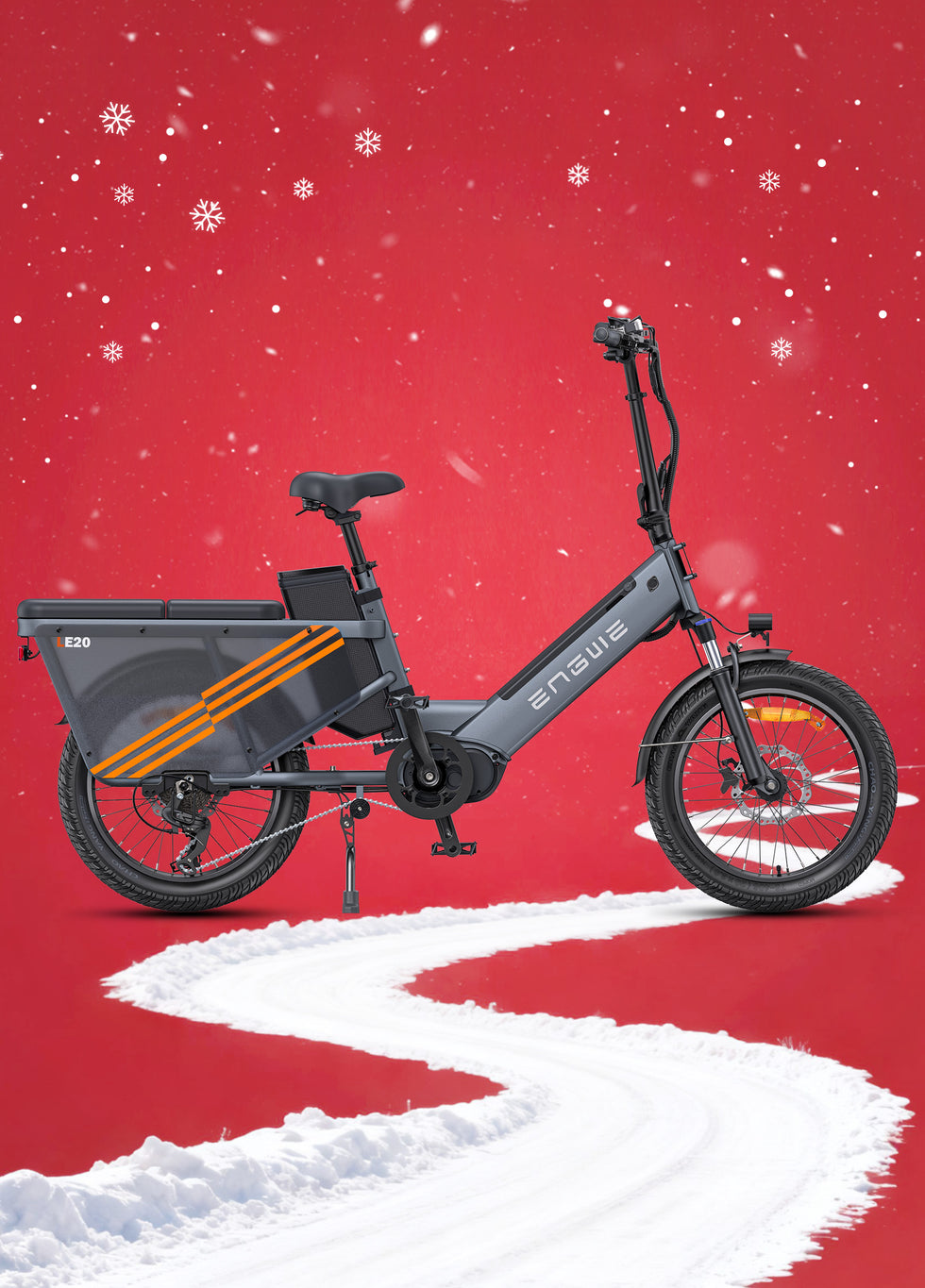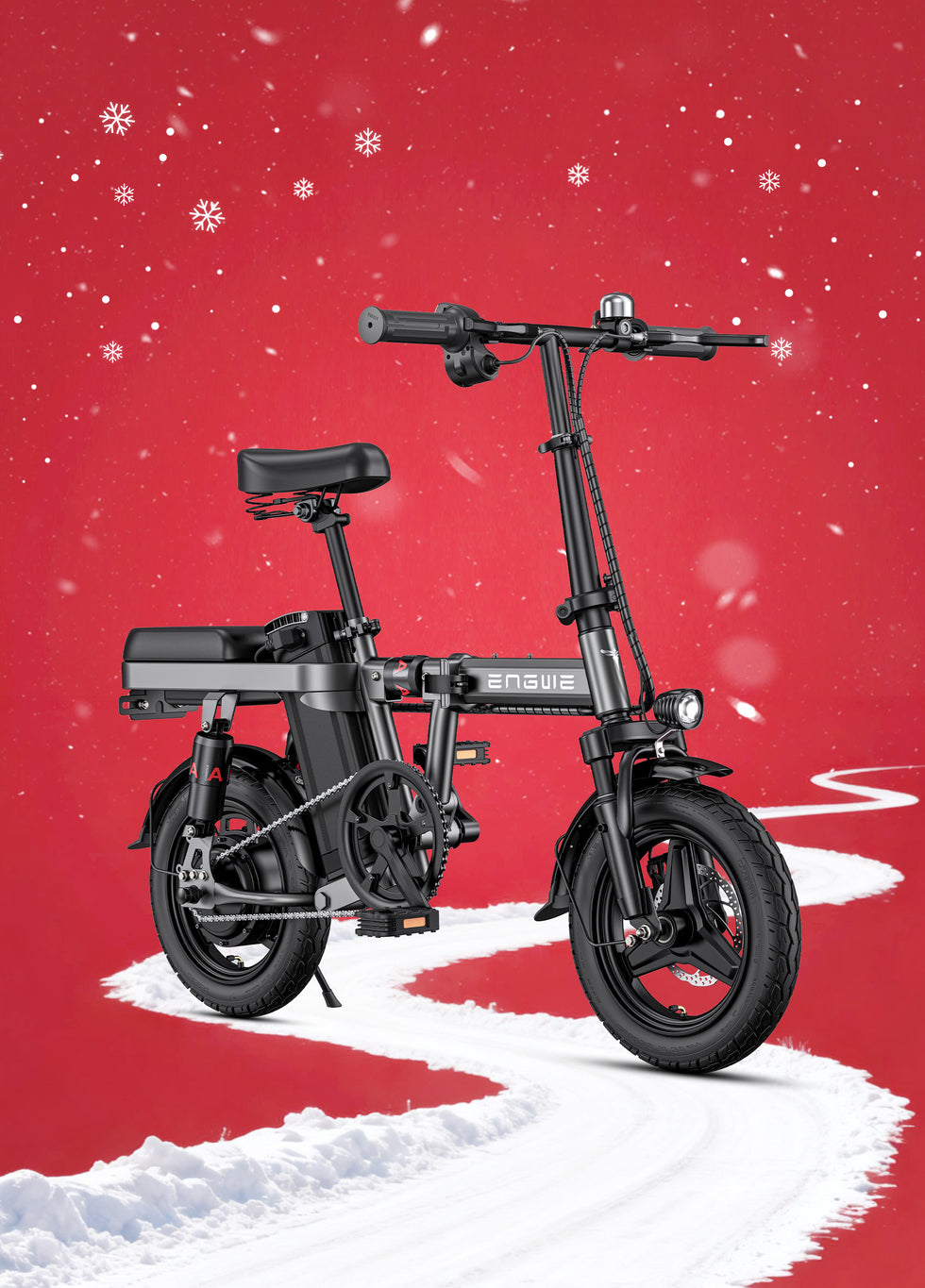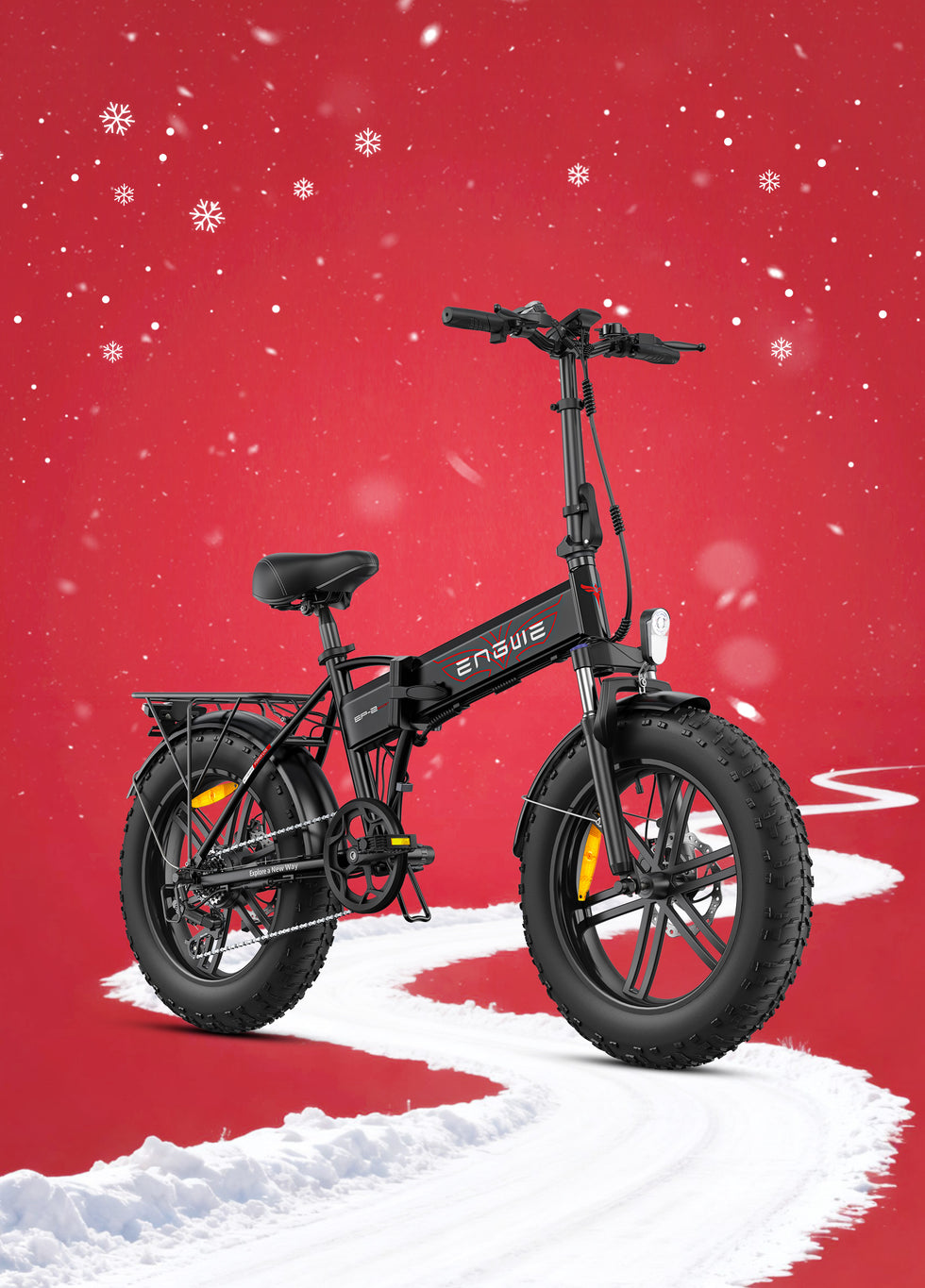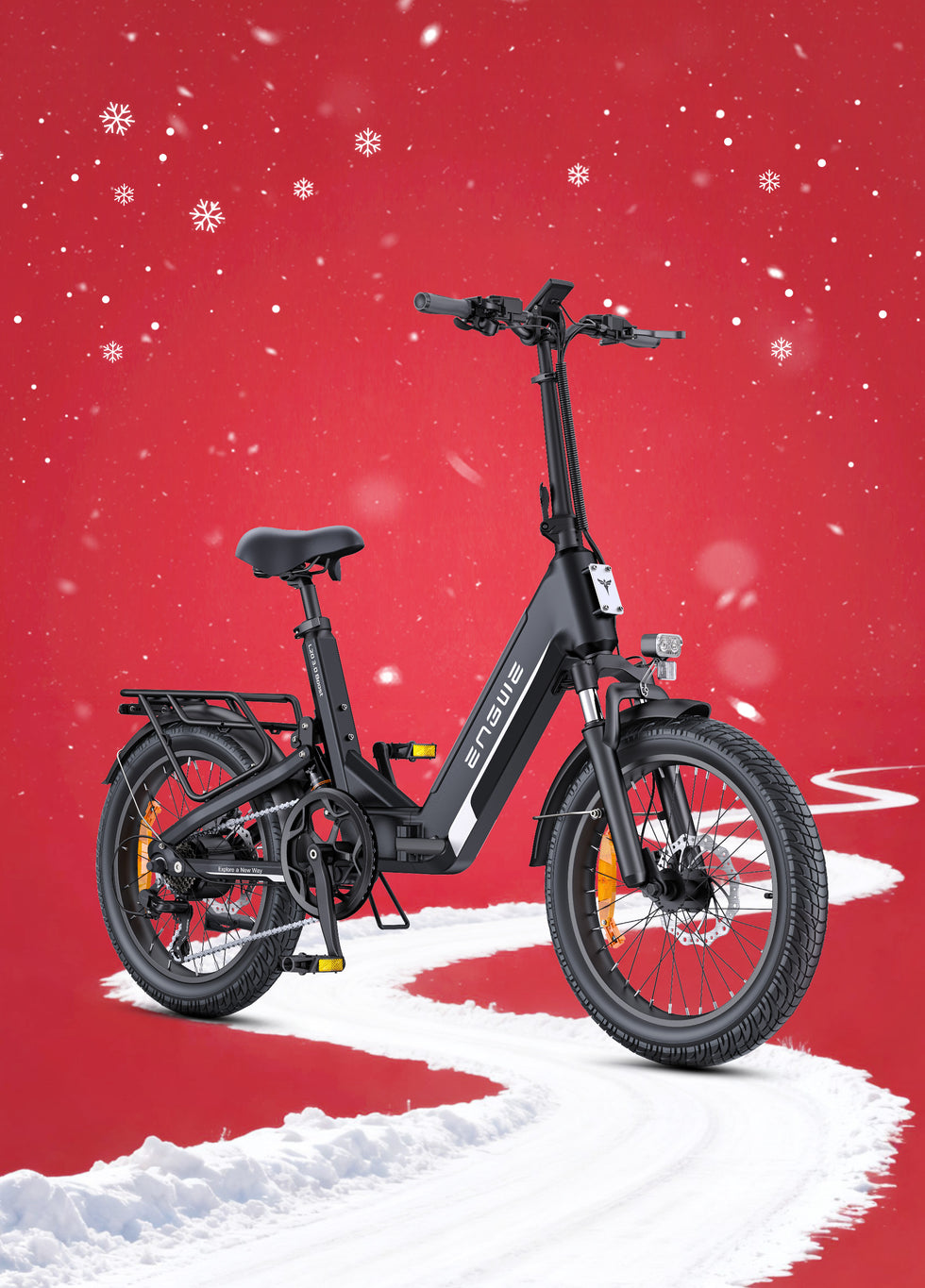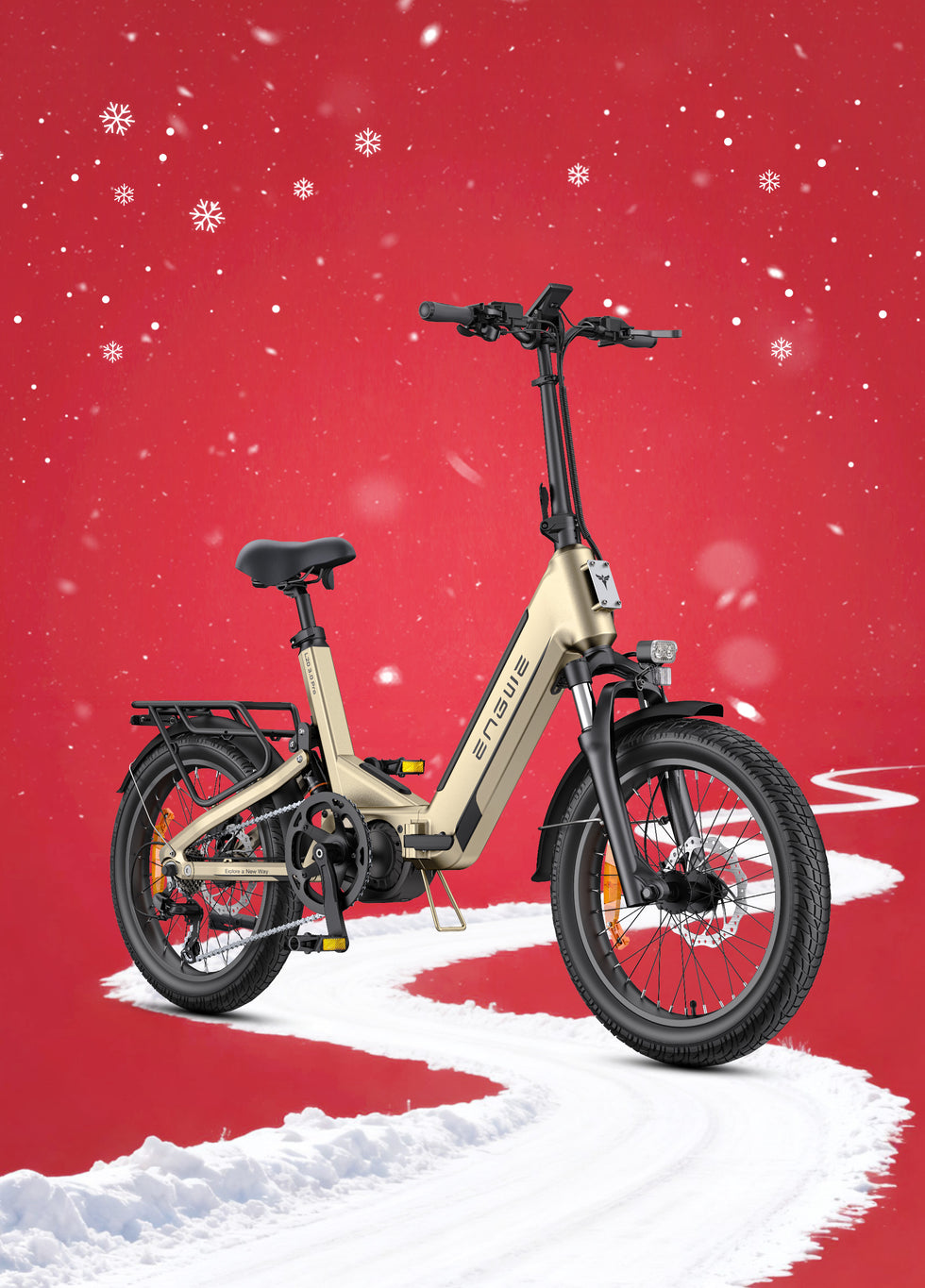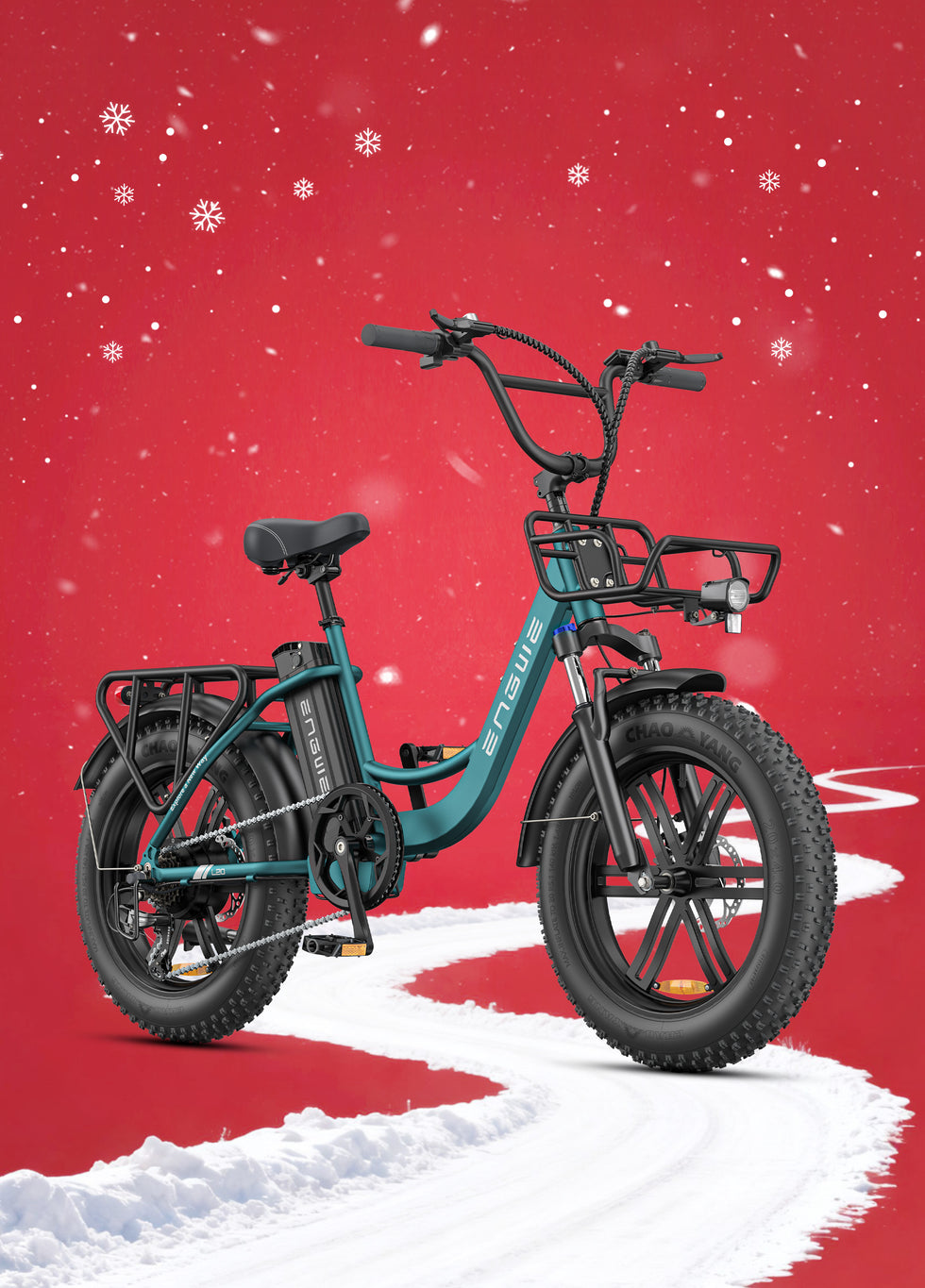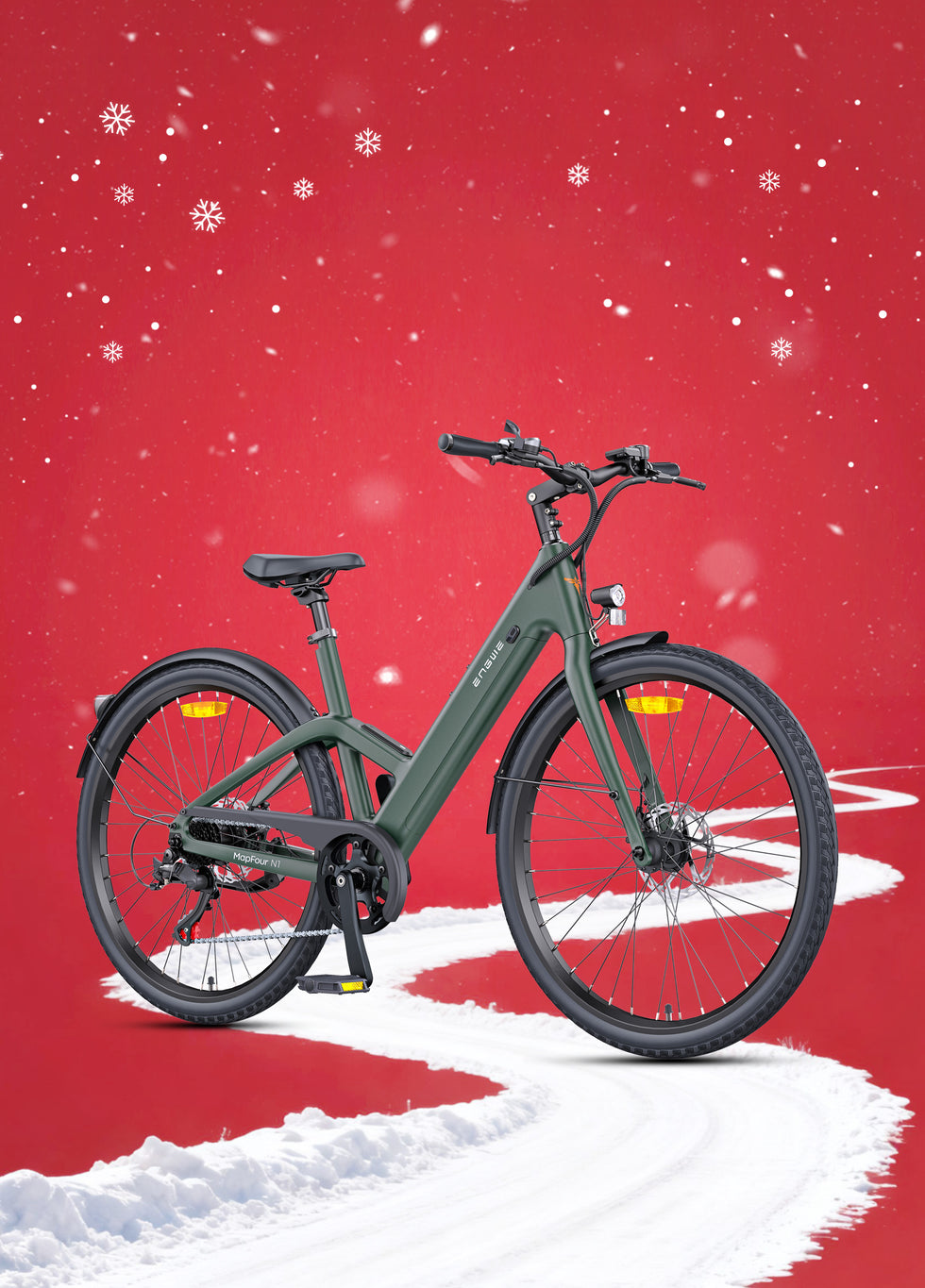The thrill of cycling may be a distant memory for you, but thanks to the game-changing electric bike, it's something that's once again achievable for a larger number of people. For quite a few seniors, the notion of returning to life on two wheels is an enticing prospect for freedom, fun, and exercise. But it often also comes with a lot of questions and fears. Is it safe? Is it too complicated? Will I be able to handle it? And for those senior riders who are willing to embrace this wonderful technology, it's for you that this guide has been put together to offer straightforward, practical advice; specifically tailored to the needs and wants of an older rider. We’ll discuss what to look for, what to steer clear of and how an electric bike can truly revolutionize the way you experience your mission in life.
Why Should Seniors Ride an Electric Bike?
Clearly, the ability to overcome speed limitations is not the primary benefit of electric biking for seniors. It’s the difference between a hill being a wall and a headwind being a light breeze, and those 10 minutes of fun being an hour of exploration. And it gives you a little electrically assisted push while you pedal, meaning it’s easier on the joints and cardiovascular system. In practice, that means you’ll be able to visit friends, nip to the corner shop or head out to a scenic park without the fear of being too tired on the way back. It’s a mammogram on wheels—another excellent way to stay active, get vital low-impact exercise, and feel a great sense of independence, all in the fresh air. It's not so much about effort replacement; it's about making that effort manageable and enjoyable for longer.
What to Look for in a Senior-Friendly E-Bike
With an electric bike, safety, comfort, and ease of use are all important considerations. The very first thing is the frame structure. A low step-over or step-through frame is a must. It does away with the need to swing your leg high over the bike and greatly simplifies mounting and dismounting, which makes the process much easier and safer, especially if you have limited hip mobility.
Next, consider comfort. A comfortable saddle is of course a must, but you should also consider front suspension forks. These serve as shock absorbers—they smooth out the bumps in the road and decrease the harsh rattle through your arms and shoulders. Adjustable handlebars are also key as you search for a happy medium where you aren’t leaning over too much, which puts strain on your back and neck, or too far up, which puts pressure on your behind.
Solid parts are the foundation of safety and stability. Opt for an electric bike with broad, grippy tyres. These so-called fat tyres, usually something like 4 inches in width, have a huge contact patch with the ground which gives you incredible stability and a planted, secure feel whether you’re on tarmac, a gravel path or a grassy track. Equally important are the brakes. Mechanical disc brakes deliver stopping power in any weather, on any terrain, and can be adjusted on-the-fly as you ride. Your ability to stop quickly and surely is one of the pillars of safe riding. Finally, consider the motor's operation. A bike with a torque sensor offers a far more natural ride than a bike with a simple cadence sensor. It understands how hard you’re pedalling and matches the assistance to suit so that the power delivery feels natural and blends seamlessly with your own effort.

A Recommended Model: The ENGWE EP-2 Boost
One of the best examples showcasing these key traits for the elderly is the ENGWE EP-2 Boost. This model is built carefully for practicality and ease-of-use. It’s a folding electric bike – the folding part is a major plus, whether you’re storing it in a small home or slipping it in the boot to drive out to a picturesque starting point. It is equipped with strong 20 x 4.0 fat tyres, giving that stability and grip that you need on different terrains. Stability is key and is taken care of by potent 180mm mechanical disc brakes both front and rear for confident stopping power. All delivered by an EU legal spec 250W motor and a cleverly integrated torque sensor makes power assistance feel smooth and intuitive, never jerky or tame. And for days when you’re climbing up extreme or extended inclines, the push of a button unleashes up to 55 N.m of torque for a jolt of get-up-and-go on those scary hills. You won't feel range anxiety with the quiet fast-charging 48V 13Ah removable Samsung battery that delivers up to 120 km on one charge while you are out for the day. Features such as the reliable 7-speed Shimano gear system, bright LED headlamp and LCD display, mudguards and stable rear rack make this all-round successful package not just a bike but also a dependable companion on daily errands as well as on adventures.

| Feature | Specification |
|---|---|
| Motor | 250W with torque sensor |
| Max Torque | 55 N.m |
| Battery | 48V 13Ah removable Samsung battery |
| Max Range | Up to 120 km |
| Tyres | 20 x 4.0 inch fat tyres |
| Brakes | 180mm mechanical disc brakes (front & rear) |
| Gears | 7-speed Shimano system |
| Weight | Approx. 30 kg |
| Key Features | Folding frame, LED headlamp, LCD display, mudguards, rear rack |
UK Rules and Getting Started
You should also know the basic rules relevant to electric bikes in the UK. This e-revolution is technically classified as Electrically Assisted Pedal Cycles, or EAPCs, on UK roads. To be street legal, and not require a driving licence, tax or insurance, the motor must be 250 watts or lower. Also, the electrical aid can only be activated while pedalling, switching off when you hit 15.5 mph (25 km/h). You must be at least 14 to ride one. These things are designed to make EAPCs operate as bicycles and not as motor vehicles, and they make ownership incredibly simple. Buying a bike is just that; there’s no bloated bureaucracy, you buy a bike and you can use it.
To begin is less intimidating than it may seem. Try to find a quiet open space such as in an empty car park or on a quiet park path for your first few rides. Start with the power assistance on the lowest mode or turn it off to experience the bike without the assistance. Get a feel for the brakes, and how much pressure it takes to come to a smooth, controlled stop. Toggle between the assistance settings to experience how each mode alters your ride. Keep in mind, the motor is aiding you, not doing all the work. Begin by making short trips closer to home and build your confidence and your distance. Before you know it, you'll be happily setting out on longer rides, exploring your local town again with a fresh feel of vitality and independence.

Frequently Asked Questions
1. How much exercise do you really get on an electric bicycle?
This is a frequently asked and very significant question. You get a ton of healthy activity. An electric bike is not a scooter; the motor doesn’t wind you along all on its own, it only helps you along when you press on the pedals. The level of help can be selected, so you can have a gentle ride at a low level or use a higher one to deal with hills you couldn’t manage previously. Research has found that individuals with electric bikes are likely to ride more often and ride longer distances than with conventional bikes, in a cumulative effect that adds up to more exercise overall. It's a wonderful low-impact cardio workout and it's easy on your joints.
2. Are electric bikes bulky and hard to keep?
Electric bikes are naturally heavier than their non-electric alternatives since they have the motor and the battery to carry, and the ENGWE EP-2 Boost tips the scales at about 30 kg. But this weight is only an issue when lifting the bike. While riding, the weight inspires a solid and planted sensation. Foldable models are much easier when it comes to storage and carrying. Maintenance is virtually the same as a normal bike. You must maintain the tyre pressure, lubricate the chain and check brakes from time to time. The electronics are potted and there is no regular maintenance other than charging the battery. Local bike shops can now fully service electric bikes.
3. What if I’m riding and I run out of battery?
This is a pervasive worry but seldom an actual issue. The first thing is that modern electric bikes have a really good range, often way over 50 miles on a single charge, and the display is always showing you exactly how much charge you have left. And should you actually run out of charge, the bike doesn’t leave you hanging. It's just a regular bicycle after that. You can still pedal it home. Without the assist, it will be a lot harder, but the gears will still function and you won’t be stuck. When going for a long ride, always plan your trip and fully charge your battery.
4. Do I need a helmet or any special clothes to ride one?
Helmets are not a legal requirement in the UK for adults; however, it is suggested for your safety as a rider. A contemporary, properly fitted helmet is lightweight, comfortable and offers important protection. As for clothing, you don't need fancy cycling clothes. All you need to do is dress in something loose and comfortable. Very baggy trousers which could get caught in the chain are best avoided. Bright or reflective clothing is a good idea to help ensure that you can be seen by other road users, particularly in reduced light.
5. Can I ride my e-bike in the rain?
Yes, you can. A quality e-bike is waterproof, and you can ride it in the rain without problems. The motor, battery and controller are integrated into a sealed design to keep them away from bad weather. But similar to any bike, extra caution should be taken when riding in the rain. The roads will be more slippery and your braking distances will extend. It’s a good idea to dry your bike down with a cloth after a wet ride to minimize any long-term corrosion on components such as the chain.
Reclaim the freedom to see the world on your own terms.

